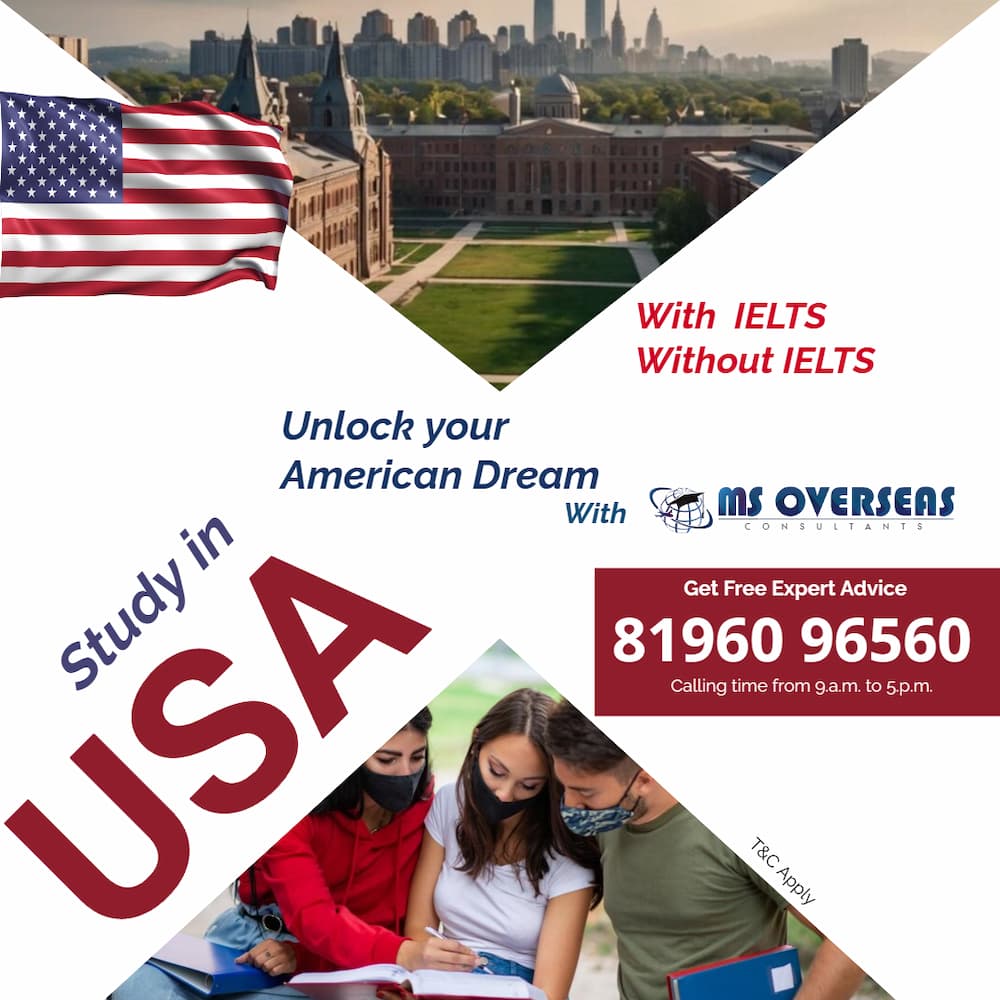Navigating the process of obtaining a work permit for the United States can seem complex, but it’s essential for anyone looking to work legally in the U.S. This guide will break down everything you need to know about U.S. work permits, including types, eligibility, application processes, and tips for a smooth experience.
What is a U.S. Work Permit?
A U.S. work permit, also known as an Employment Authorization Document (EAD), allows non-U.S. citizens to work legally in the United States. It is issued by the U.S. Citizenship and Immigration Services (USCIS) and is often required for various visa categories.

Types of U.S. Work Permits
H-1B Visa
The H-1B visa is for foreign workers in specialty occupations that require a bachelor’s degree or higher. This visa is employer-sponsored, meaning you need a U.S. employer to petition on your behalf.
L-1 Visa
The L-1 visa is designed for intra-company transferees. If you are a manager, executive, or have specialized knowledge, and are transferring from a foreign branch of your company to a U.S. branch, the L-1 visa might be suitable.
O-1 Visa
The O-1 visa is for individuals with extraordinary ability or achievement in their field. This visa is suitable for people in arts, sciences, business, education, or athletics.
E-2 Visa
The E-2 visa is for investors or employees of investment companies. If you invest a significant amount of capital in a U.S. business or are an essential employee of an investment company, the E-2 visa may apply.
Optional Practical Training (OPT)
OPT is available for international students who have completed their studies in the U.S. on an F-1 visa. It allows you to work in your field of study for up to 12 months, with a potential extension for STEM graduates.
Curricular Practical Training (CPT)
CPT is another work option for F-1 students, allowing you to work in a job directly related to your major while you are still completing your studies.
Eligibility Criteria
Job Offer
Most work permits require a job offer from a U.S. employer. Your employer must typically file a petition or application on your behalf.
Qualifications
You must meet the specific qualifications for the work permit you are applying for, such as having relevant work experience, education, or extraordinary skills.
Legal Status
You need to be in a legal immigration status to apply for or maintain a work permit. Ensure that you comply with all immigration regulations and maintain your visa status.
Supporting Documentation
Be prepared to provide supporting documentation, such as proof of qualifications, job offer letters, and financial information, depending on the type of work permit.
Application Process

Determine Eligibility
Review the eligibility requirements for the specific type of work permit you need. Ensure you meet all the criteria before starting the application process.
Obtain Job Offer
Secure a job offer from a U.S. employer. For employer-sponsored visas like the H-1B, your employer will need to file a petition on your behalf.
Prepare Documentation
Gather all required documents, including proof of qualifications, job offer letters, and evidence of legal status.
Submit Application
File your application with USCIS or the appropriate U.S. embassy or consulate. This may involve completing forms, paying fees, and attending an interview.
Wait for Processing
Processing times can vary based on the type of permit and the current workload of USCIS. Be patient and regularly check the status of your application.
Receive Work Permit
Once approved, you will receive your work permit or EAD card. Ensure you understand the terms and conditions of your permit and comply with all regulations.
Tips for a Smooth Application Process
Start Early:
Begin your application process well in advance of your intended start date to account for any potential delays.
Double-Check Requirements:
Ensure you meet all the eligibility criteria and submit all required documentation.
Keep Records:
Maintain copies of all forms, documents, and correspondence related to your application.
Seek Professional Advice:
If you have any doubts or questions, consult with an immigration attorney or expert to ensure your application is handled correctly.
Conclusion: Securing a work permit for the United States can open doors to exciting career opportunities and professional growth. By understanding the types of work permits available, meeting eligibility criteria, and following the application process carefully, you can enhance your chances of a successful application.
If you have any questions or need personalized assistance with your U.S. work permit application, feel free to contact us for free expert advice. Our team of experienced professionals is here to guide you through every step of the process and help you achieve your career goals in the United States.

Disclaimer
The information provided in the article “How to Obtain a U.S. Work Permit: A Step-by-Step Guide” is intended for general informational purposes only. While we strive to present accurate and up-to-date information, immigration laws and policies can change frequently and may vary depending on individual circumstances.
Get Free Expert Advice: Are you ready to embark on your next adventure? Whether you’re seeking a work permit, tourist visa, or study opportunities in Canada or other countries, we’re here to help! Contact us today to learn how our expert services can simplify your journey and turn your dreams into reality. Reach out now and let’s start planning your future together!
- Canada Citizenship Requirements: Everything You Need to Know
- Canada’s New Visa Rules: What It Means for Indian Students
- Navigating Student Visa Regulations for Studying in the US, UK, Australia, and Canada
Also read:
- How Trump’s New Tariffs on Canada Could Affect Indian Students Studying Abroad
- How to Improve English & Communication Skills in Australia
- Scholarship Opportunities for International Students in Melbourne
- Top Tips for International Students in Melbourne – Your Ultimate Guide by OM Visa
- Mass U.S. Visa Cancellations in Colombia: What Travelers Need to Know

